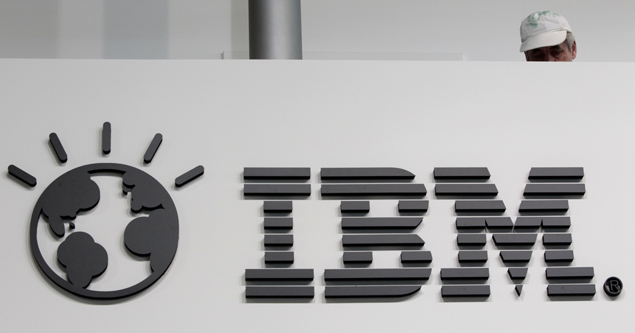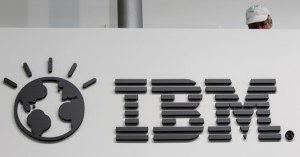1 min read
IBM Unveils IoT Developer Community

March 25, 2025
Copyright 2023, IT Voice Media Pvt. Ltd.
All Rights Reserved

 around the Internet of Things and drive business to its cloud services as well, IBM has launched a community space for programmers to write software to connect remote devices to back-end cloud systems.
around the Internet of Things and drive business to its cloud services as well, IBM has launched a community space for programmers to write software to connect remote devices to back-end cloud systems.